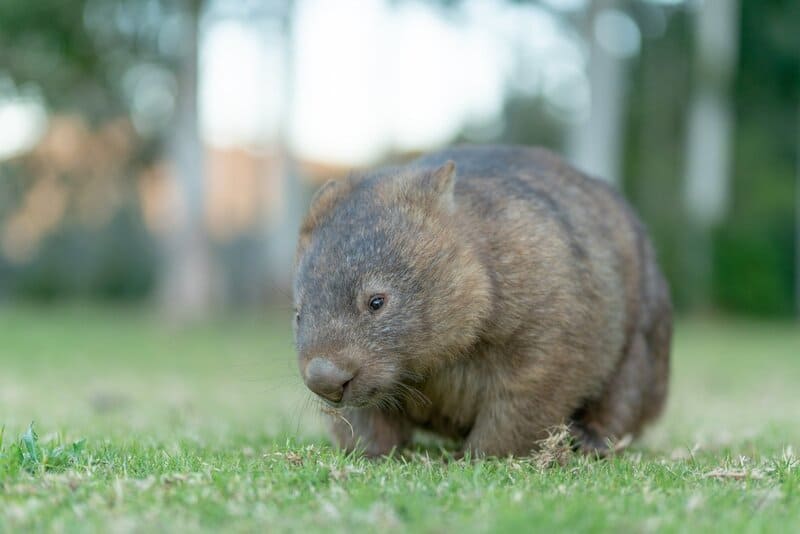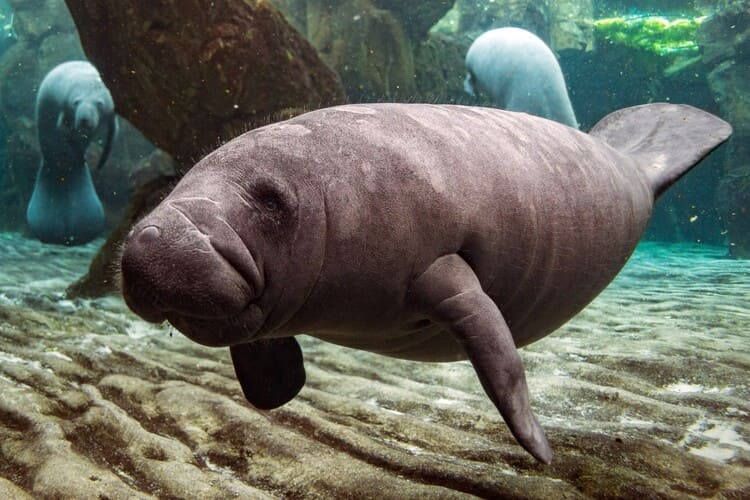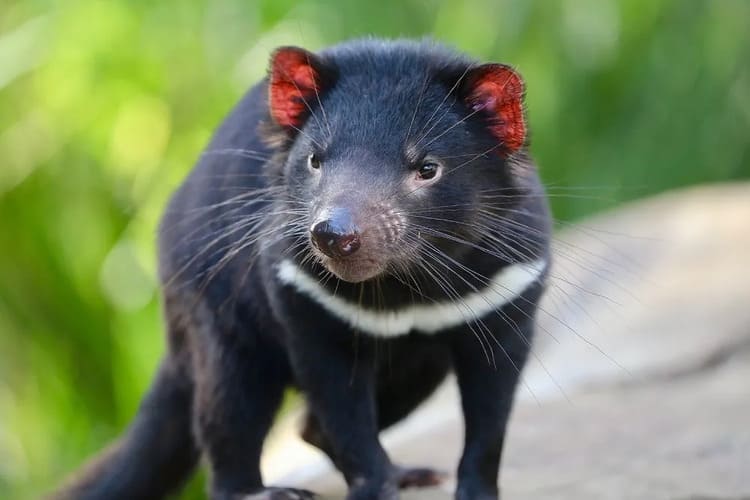Condylura cristata
IUCN
LCBasic Information
Scientific classification
- name:Condylura cristata
- Scientific Name:Condylura cristata,Star-nosed mole
- Outline:Mammal
- Family:Laurasiatheria Insectivora Shrews Mole S.Mole
Vital signs
- length:17-20cm
- Weight:35-75g
- lifetime:3-5years
Feature
The tip of the nose has 22 tentacles, which are named after the shape of the glowing stars.
Distribution and Habitat
It lives in shallow tunnels in wetlands throughout the northeastern United States and eastern Canada.
Appearance
The star-nosed mole is a small animal, weighing 35-75 grams and 175-205 mm in length. It is smaller than a house mouse, and an adult star-nosed mole is about twice the size of a mouse. The star-nosed mole is characterized by 22 tentacles on the tip of its nose, which surround the tip of its nose like the light of a star, hence the name. Through these tentacles, the star-nosed mole can find prey in a completely dark environment. According to scientists' research, the star-nosed mole's ability to find prey through its tentacles is several times greater than that of other moles that hunt by vision alone.
The fleshy appendages around the star-nosed mole's nose are its tentacles, and the surface of each tentacle is covered with thousands of tiny particles, which help the star-nosed mole detect about 600 pinpoint-sized areas at a time.
The whole body is covered with dense black-brown hair, which has a waterproof and water-proof effect. The four wide soles are the star-no
Details
Star-nosed mole (scientific name: Condylura cristata): is a small mole found in eastern North America, eastern Canada and northeastern United States. It is the only member of the star-nosed mole family and the star-nosed mole genus, with no subspecies.
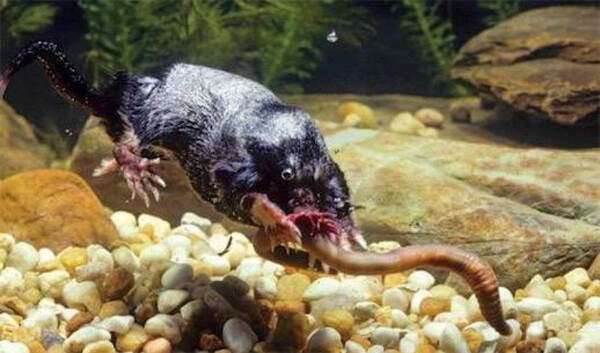
Star-nosed moles live in moist lowlands and feed on small invertebrates, aquatic insects, earthworms and mollusks. Star-nosed moles are good swimmers that can search for food at the bottom of rivers or ponds and can even suck back the air they exhale into the water. Like other species of moles, star-nosed moles also dig tunnels underground not far from the ground to find food, and the exits of these tunnels are usually underwater. Star-nosed moles are equally active day and night, and they remain active even in winter. Some biologists have noticed that star-nosed moles can dig tunnels even in the snow and swim in frozen rivers.
They come out at night and hide during the day. They know where there is food by smell. After eating, they play and chase in groups of three or two. When they are hungry or find new delicious food, they will eat together. They are small social animals with a spirit of unity. They have high IQ, are very flexible and cunning, are afraid of people, and move sneakily. When they leave the hole, they crawl on the edge of the hole with their two front paws, look left and right, and make sure it is safe before leaving the hole. They like to establish fixed routes between their nests, food, and water sources to avoid danger. Strong eyesight. Although it does not rely on its eyes to locate its prey most of the time, the eyes of the star-nosed mole can see objects up to 100 meters away in the deep sea. With a keen sense of smell, the star-nosed mole's nose can search for prey in the water. The animal's sensory system is so sensitive that it can even detect the movement of animals within 8 milliseconds.
It feeds on small invertebrates, aquatic insects, earthworms, and mollusks. Like other moles, it searches for earthworms in the soil, but also feeds on a variety of small invertebrates and insect larvae in the nutrient-rich mud and rotten leaves of its wetland habitat, and also swims to the bottom of the turbid water of ponds and streams to pull out its prey. Like other species of moles, the star-nosed mole is equally active day and night, and is extremely energetic, even in winter, it remains active.
The star-nosed mole's unique octopus-tentacle-like nose allows it to use its sense of smell underwater. When researchers at Vanderbilt University in Tennessee used high-speed cameras to study the moles' underwater behavior, they noticed that they constantly exhaled bubbles from their nostrils and then quickly sucked them back in at a frequency of 10 times per second, which is very similar to the behavior of mice and rats when they track prey on land.
The star-nosed mole also has a highly specialized brain, which may help answer long-standing questions about the formation and evolution of the mammalian nervous system. The star-nosed mole has an extremely fast metabolism and is always hungry, so this appetite-filled star-nosed mole must be able to find enough prey to survive the cold northern winter.
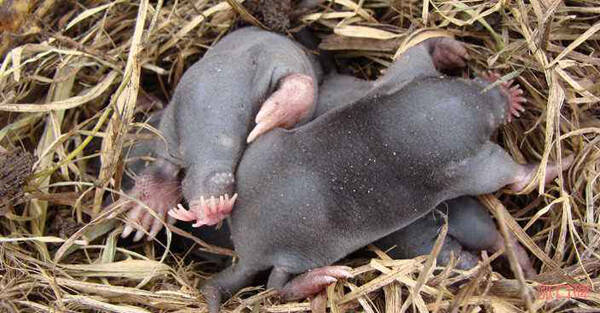
Star-nosed moles usually mate in midwinter or early spring. In late spring to early summer, female star-nosed moles usually give birth to a litter of 3-7 pups.
This species has a wide distribution range and is not close to the critical value of vulnerable and endangered species survival (distribution area or fluctuation range is less than 20,000 square kilometers, habitat quality, population size, and distribution area fragmentation). The population trend is stable, so it is evaluated as a species with no survival crisis.
Listed in the 2008 Red List of Endangered Species of the World Conservation Union (IUCN) ver 3.1-Least Concern (LC).
Protect wild animals and eliminate game.
Maintaining ecological balance is everyone's responsibility!

